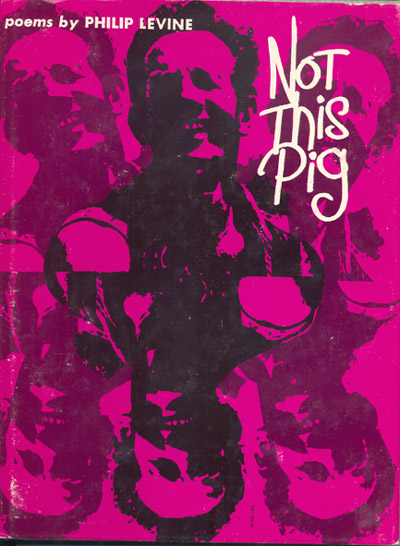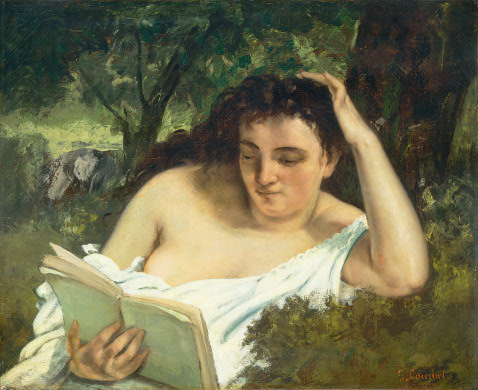Paul Cézanne. The Artist’s Father, Reading “L’Événement”. 1866. Oil on canvas. National Gallery of Art, Washington, D.C.
When I stood before this painting last month at the NGA, it happened to be the day that would have been my father’s 88th birthday. It reminded me of his devotion to reading newspapers, his pride when I became a reporter with a byline at age 16. I was a printer with perpetually ink-stained hands, too, and he always saved a cold beer for me when I got home from work on a week night. It didn’t matter that I had to go to school the next day. I’d made the transition from student to worker in his esteem.
Cézanne’s painting also made me think of a slice of 19th-century French cultural history when the invention of steam-powered rotary presses turned newspapers and books into truly mass media. I imagined Cézanne’s father to be a printer or some other artisan who was as passionately literate as my dad. According to the NGA’s notes, though, he was a banker who disapproved of his son’s artist career. And he read a journal more conservative than that depicted in the painting:
In The Artist’s Father Cézanne explored his emotionally charged relationship with his banker father. Tension is particularly evident in the energetic, expressive paint handling, an exaggeration of Courbet’s palette knife technique. The unyielding figure of Louis-Auguste Cézanne, the newspaper he is reading, his chair, and the room are described with obtrusively thick slabs of pigment.
The Artist’s Father can be interpreted as an assertion of Cézanne’s independence. During the early 1860s, Cézanne rejected the legal and banking careers advocated by his father and instead studied art, a profession his father considered grossly impractical. In this calculated composition, he seated his father precariouly near the edge of the chair and tilted the perspectival slope of the floor as though trying to tip his father out of the picture, an effect heightened by the contrast between his father’s heavy legs and shoes and the delicate feet of the chair supporting him. The framed painting displayed on the back wall is a still life that Cézanne painted shortly before The Artist’s Father, a statement of his artistic accomplishment. The newspaper L’Evénement refers to novelist Emile Zola, the childhood friend who championed Cézanne’s bid to study art in Paris and who became art critic for the paper in 1866. Cézanne’s father customarily read another journal.
![gustave_caillebotte_paris_street_rainy_day Gustave Caillebotte. Paris Street, Rainy Day (La Place de l’Europe, temps de pluie). 1877. Oil on canvas. Art Institute of Chicago. [Source: Wikimedia Commons]](../../../../wp-content/uploads/2009/02/gustave_caillebotte_paris_street_rainy_day_1877_wiki.jpg)
![Fog at Isle Royale [Source: wildmengoneborneo.com] Fog at Isle Royale [Source: wildmengoneborneo.com]](../../../../wp-content/uploads/2008/04/isle_royale_fog.jpg)
 If there is an emerging genetic underclass, I could run for class president or class clown. Read more in
If there is an emerging genetic underclass, I could run for class president or class clown. Read more in 

Not many fathers of aspiring painters are pleased with their sons’ choice in careers. And Paul Cezanne didn’t receive much recognition as a talented painter (even from his peers) until he was middle-aged. But his father did financially support him with a monthly stipend for most of his life that enabled him to live his spartan lifestyle and paint every day. Pretty generous for a banker. I don’t believe Cezanne was doing any of those things the NGA text purports him to have been doing while painting this portrait. The “father of modern art” surely was more objective in his work than the NGA critic maintains.